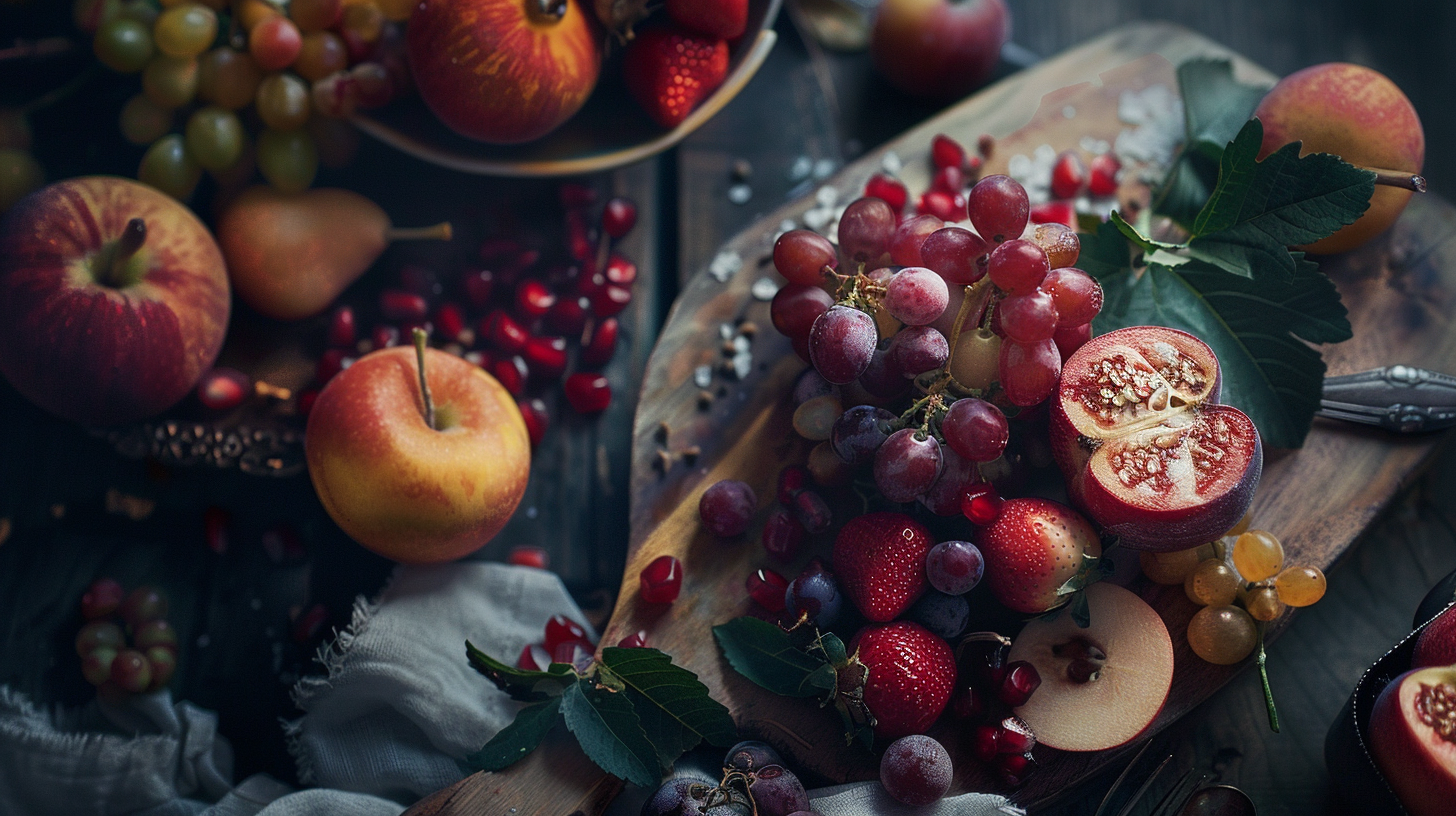Key points
• Manual Controls: Quality food photos often need exact adjustments like focus, exposure, and white balance. Look for a camera app with detailed manual controls to get that perfect picture.
• Filter and Editing Options: A decent app for snapping food should have a bunch of filters and editing tools. These should help make food colors pop and textures stand out, so dishes look yummy.
• High-Resolution Output: The nitty-gritty of your tasty subjects should come out crystal clear. So the app must let you take high-res pictures and save them in formats that keep the quality top-notch, like RAW.
Contents
- Key points
- Why Camera Apps Matter in Food Photos
- Choosing the Right Lens for Food Photography
- Understanding Basic Lenses for Food Photography
- Getting Close with the Canon 100mm Macro Lens
- Getting the Most Out of Canon M50 for Food Photography
- Going into Detail with Macro Food Photography Using Camera Apps
- Tips for Taking Great Macro Food Photos with Camera Apps
- Keep Your Camera Still
- Get the Lighting Right
- Think About Composition
- Focus on What Matters
- How Lens Choices and Camera Apps Can Impact Food Photography
- Getting Good Results with 24mm Lenses and Camera Apps
- Difference Between 35mm and 50mm Lenses in Food Photography
- Professional Results with Canon 100mm Macro Lens and Specialized Apps
- Frequently Asked Questions (FAQ)
Why Camera Apps Matter in Food Photos
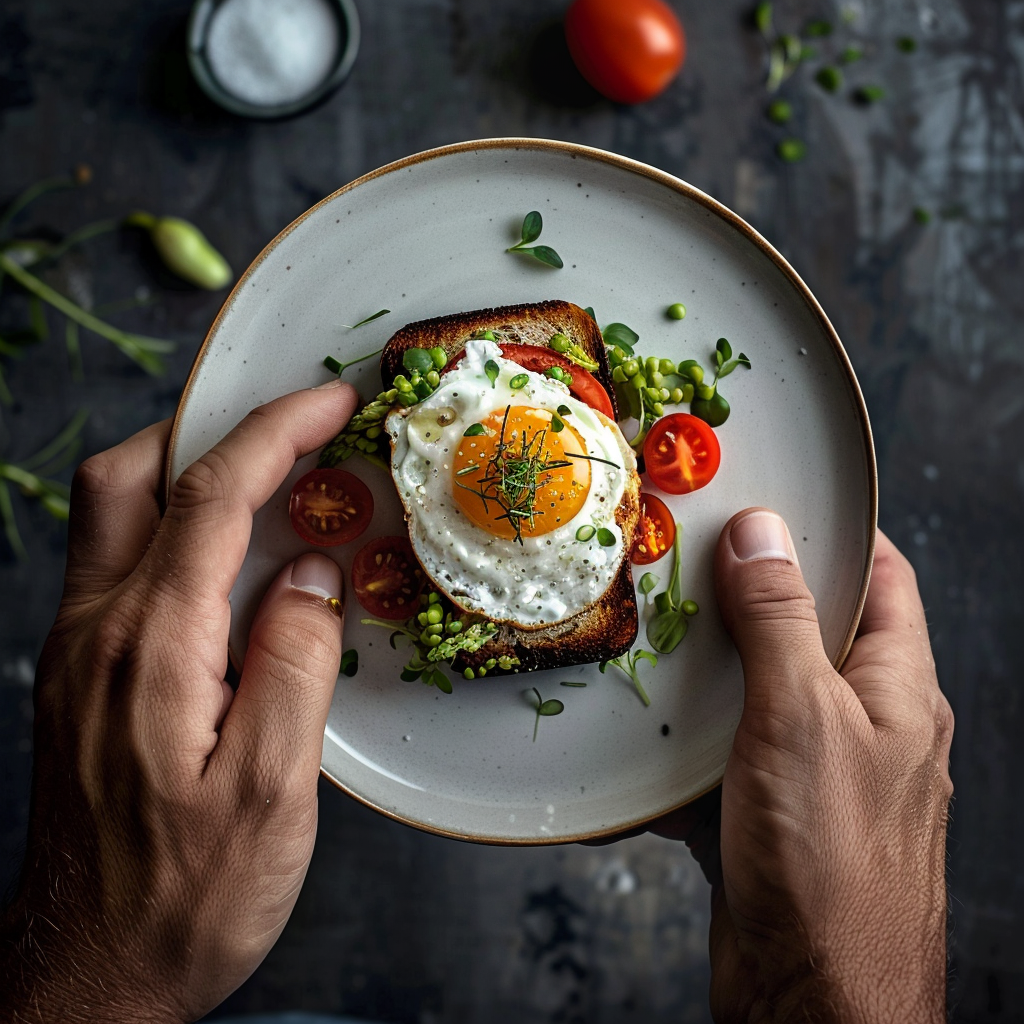
Camera apps are becoming essential for food photography. They offer many tools that make the food look more appealing. You can easily adjust exposure, focus, and add filters to make colors pop. These apps are really useful for fixing lighting, which is super important for making food look good in photos. They sometimes let you edit pictures after taking them, so you don’t need difficult software. Because they’re easy to use and versatile, camera apps help take better and more professional-looking photos.
Choosing the Right Lens for Food Photography
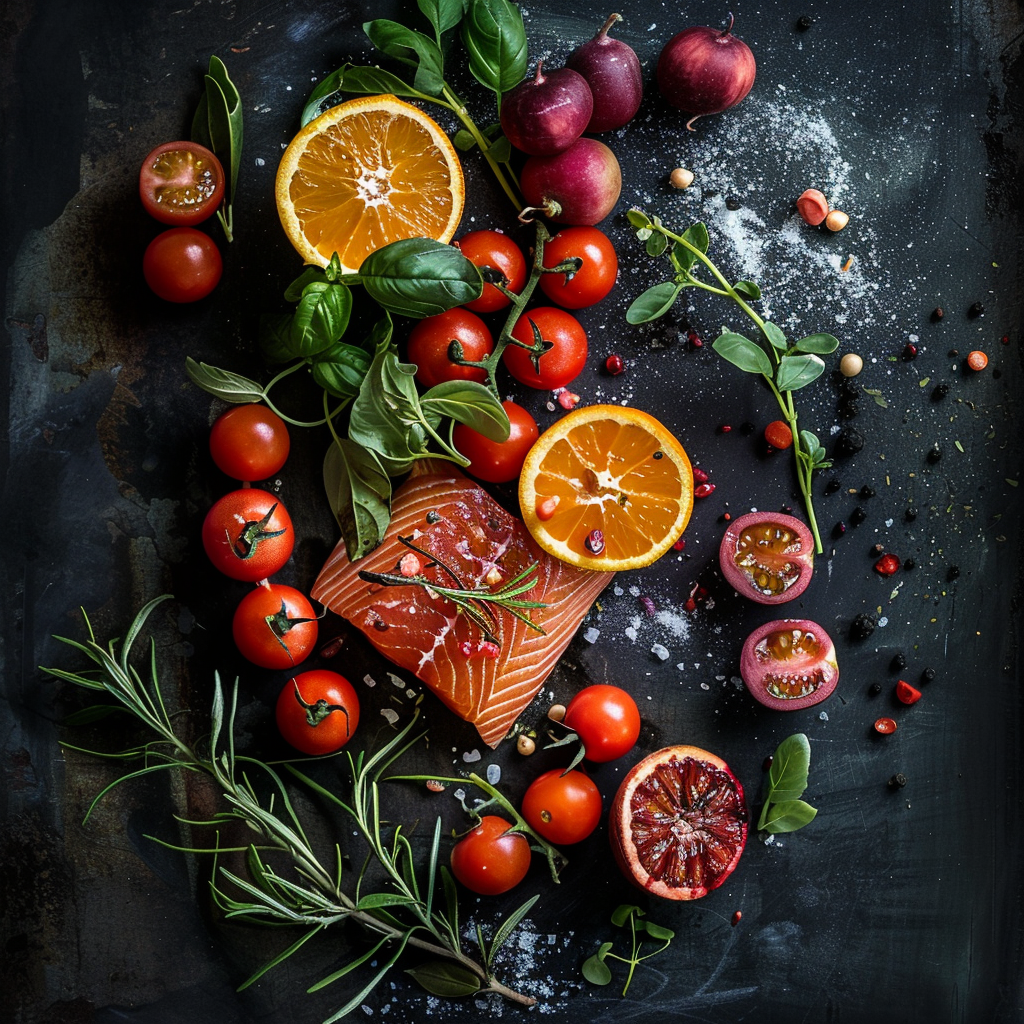
The lens you use is key in food photography. Different lenses can change how your food pictures look. For instance:
- A macro lens lets you take close shots with lots of detail. It’s great for showing off textures and small parts of the food.
- A normal lens, like a 50mm, is good for many types of photos and doesn’t change the look of the image much.
- With a wide-angle lens, you might get some bendy lines at the sides, but it’s useful to get more than just the plate in the photo.
Keep in mind that every lens has special features that affect your photo’s look. So picking the right lens matters when you want to capture the emotion and story behind a dish.
Understanding Basic Lenses for Food Photography
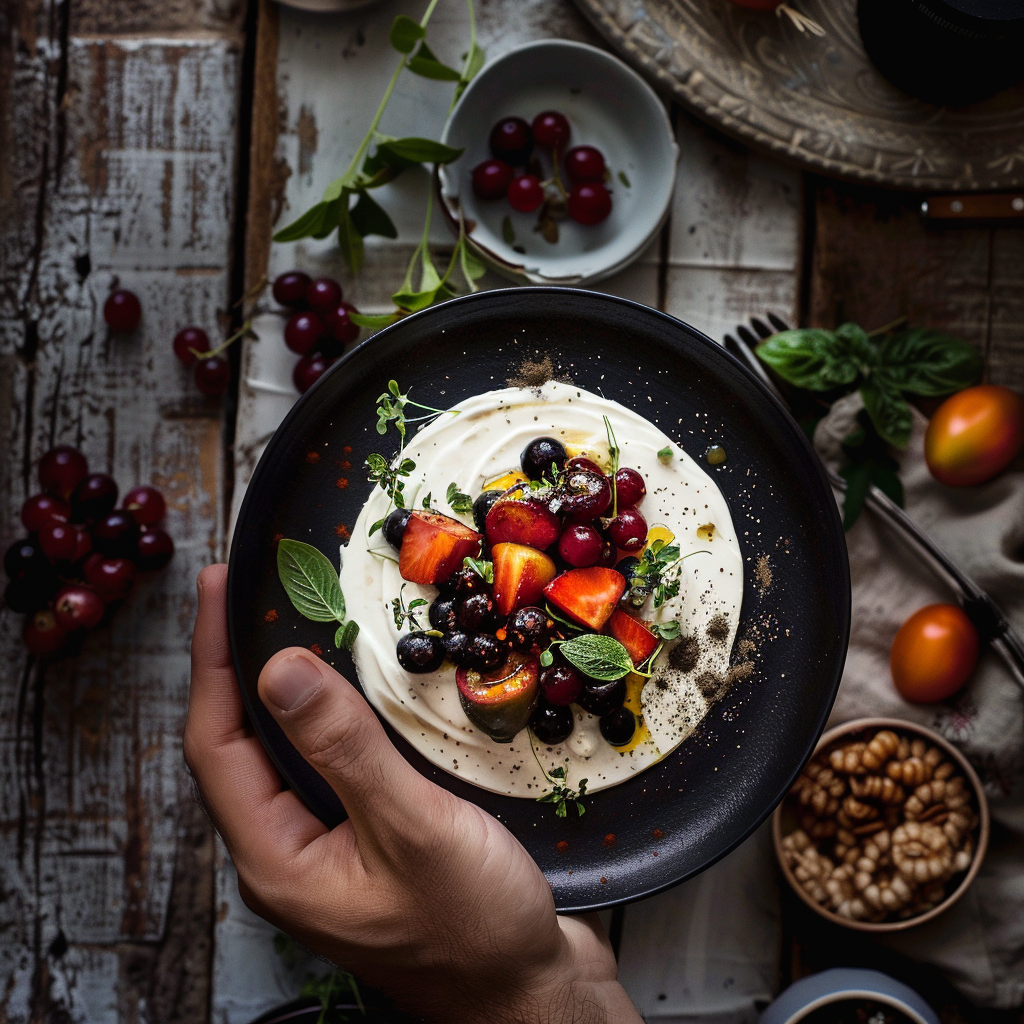
Capturing the essence and beauty of food with a camera is an artistic endeavor. Knowing the different lenses available and what they offer is key to creating inviting food images.
The Benefits of a 24mm Lens
A 24mm lens provides a wide-angle view, which is perfect for showcasing food within its surroundings. This type of lens lets you include the setting around the meal, adding context and story elements. Here’s why the 24mm might become your favorite:
- Wide Coverage: It captures more of the scene.
- Narrative Tool: It brings in background details to tell a story.
- Edge Distortion: It has minor edge warping that can be used creatively.
Versatility with 35mm and 50mm Lenses
The 35mm and 50mm lenses each have their benefits for photographing food. The 35mm lens is flexible, giving images a realistic look with little distortion. Its broader view works great for shooting in small spaces. On the other hand, the 50mm lens offers a perspective similar to human vision. It excels in capturing fine details and close-up shots of food without making the image look too busy.
Getting Close with the Canon 100mm Macro Lens
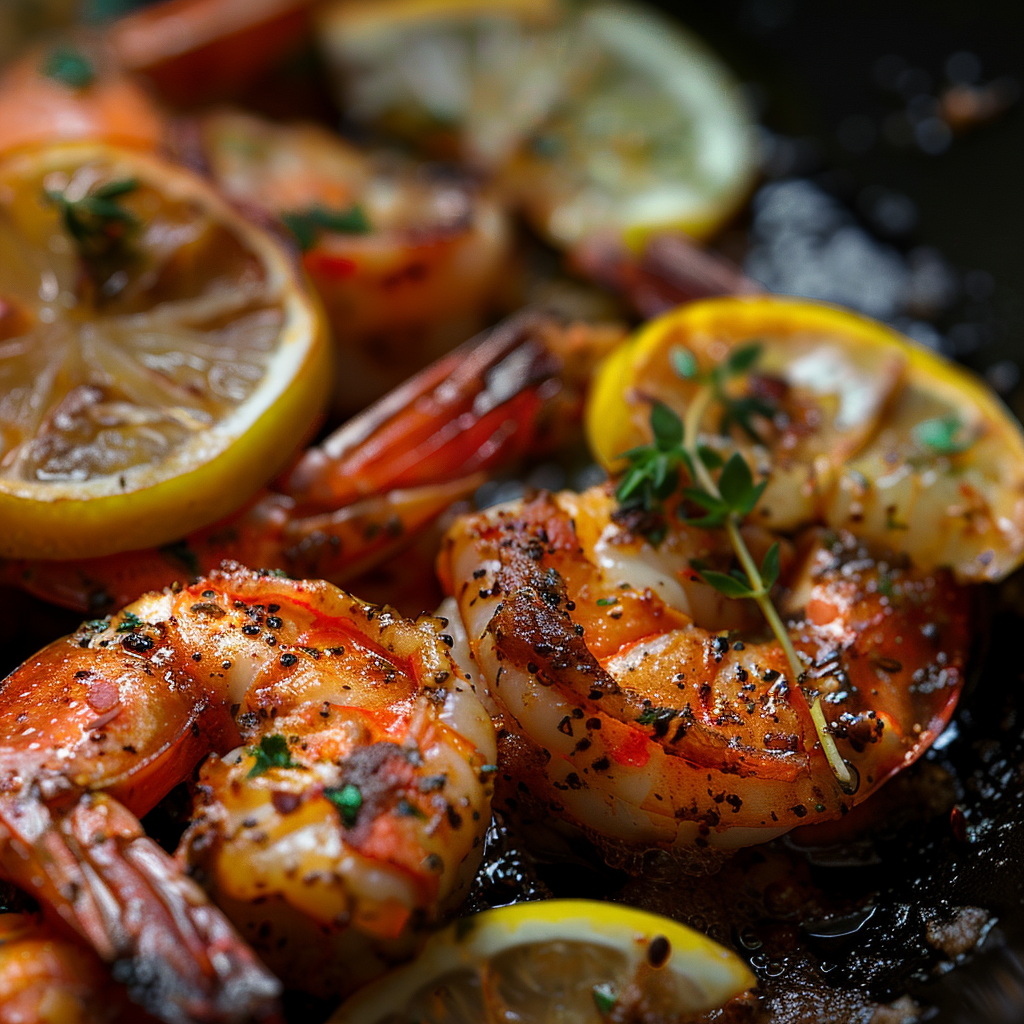
If you’re a photographer looking to capture the tiny details in your food shots, macro lenses are your best friend. The Canon 100mm macro lens stands out with a few key benefits:
- Accuracy: It can capture small items at their actual size, ideal for showing off textures.
- Clarity: This lens provides clear pictures even when you’re really close to your subject.
- Flexibility: It’s great for more than just close-ups; you can take portraits and scenic photos too.
You can use this lens to take your food photography to the next level. Imagine capturing the dew on fresh fruit or individual grains of salt on a snack – that’s the power of macro.
Entering the food photography scene is exciting. To snap that top-notch photo, you need a mix of artistic flair and technical know-how. Camera apps come loaded with tools that help beginners and pros alike take magazine-worthy food pics.
Features That Enhance Photography with a 24mm Lens
- A wider view to include your dish and its surroundings.
- An easy-to-use interface that lets you adjust settings on the fly for a full-scene capture.
- Built-in gridlines to help you frame the perfect shot.
- The ability to change ISO settings for those dark restaurant scenarios.
Combining these features enables beautiful shots from above or at the table that tell a story that’s about more than just the meal.
Optimal Settings for 35mm and 50mm Lenses in Food Shots
- Focused control to keep your subject sharp while the background fades nicely away.
- Depth of field adjustments that make your food’s texture and colors pop.
- White balance presets to ensure lighting looks natural, keeping whites crisp and colors vivid.
- Exposure tweaks so you can match the ambiance, whether you’re indoors or out.
These tools are crucial for making close-ups of dishes look tempting and plates appear stunningly arranged.
Mixing Camera Apps with Macro Lenses Like the Canon 100mm
- Manual focus options for precision with thin depth of fields.
- Focus peaking to make sure important edges stand out—like the shine on a berry or detailing on herbs.
- Tripod reminders, so you don’t get blurry macro pictures.
- A zoom feature to check the smallest details before taking the final shot.
Using an app with your macro lens helps showcase the usually unnoticed characteristics of food.
In summary, as you dive into food photography, remember how vital camera apps are. They’re a part of making those eye-catching gourmet images. With a wide-angle lens like the 24mm or the detailed capture of a macro lens, having the right app takes your photos from good to amazing. So go ahead, start making those drool-worthy pictures!
Getting the Most Out of Canon M50 for Food Photography
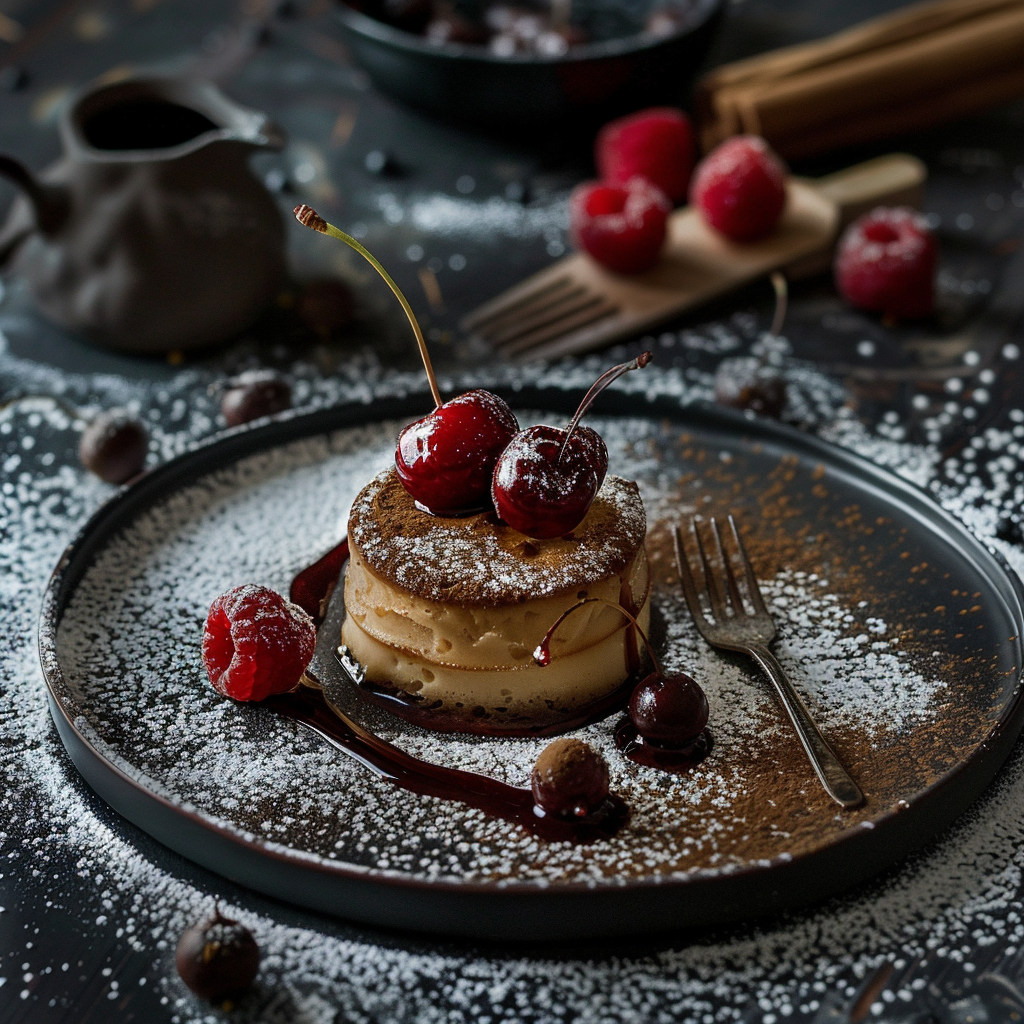
If you own a Canon M50, you’ll find it rewarding to use it for food photography. This type of photography requires sharp attention to each tiny detail. Choosing the right camera app is crucial; it can make your Canon M50 an excellent tool for snapping delicious-looking pictures. Look for apps that let you manually adjust ISO, shutter speed, and aperture. This control over exposure is key to nailing those yummy photos.
Finding the Right App with Helpful Features
To boost your Canon M50’s performance, find an app that works well with it and adds useful features for food photographers. The Camera Connect app by Canon is great for sending your pics to your phone quickly, perfect when you’re in a hurry to edit or post them. Adobe Lightroom’s mobile app supports cameras and lets you change settings before snapping a picture. If you need more professional options, Camera+ 2 offers advanced manual controls and delivers high-quality results.
Adjusting Nikon D5600 App Settings for Better Food Images
The Nikon D5600 can take amazing food pictures if you adjust the camera app settings properly. Look into apps that allow you to fine-tune white balance and color temperature, which are important for showing off the food’s real color and feel. Nikon’s SnapBridge app makes it easy to connect to other devices so you can quickly edit and share your images.
If detailed editing is what you’re after, check out the Adobe Lightroom app. It lets you make changes live and comes packed with editing tools for after you take the shot.
Using dedicated apps to tweak your camera settings makes your photo process smoother and your food pictures more eye-catching. Whether you’re using the Canon M50 or Nikon D5600, manipulating settings like white balance and sharpness helps you achieve pro-level images without breaking a sweat.
Food photography is all about capturing the attractiveness of food. Nowadays, anyone with a smartphone can take incredible shots, thanks to tech advances. Camera apps add to this by offering various features that upgrade image quality and give you artistic control. These apps are making it easier for photographers at every level to create photos that look professional, even without pricey gear.
Going into Detail with Macro Food Photography Using Camera Apps
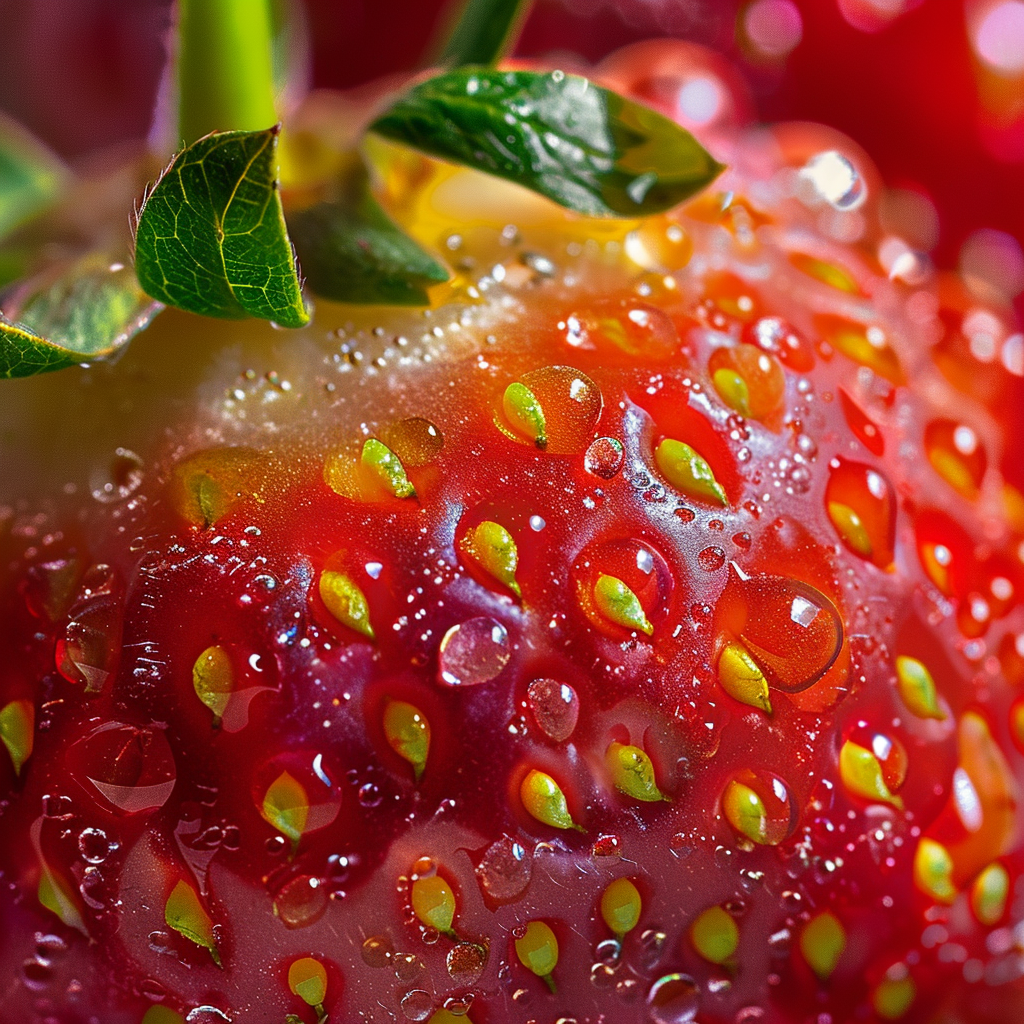
Macro food photography brings out the small features of food that we usually don’t see. It makes an ordinary meal look fascinating by showing off its texture and color. To take good macro photos with camera apps, you’ve got to make the most of the app’s tools. Getting familiar with manual controls is key – they let you fix the focus, light, and colors just right, giving you a picture that’s full of detail.
What to Use for Close-up Food Pictures
- Manual focus to get the sharpness spot-on
- ISO settings to manage how much light the camera detects
- Exposure tweaks to nail the perfect amount of brightness
- White balance changes so the colors look just like they should
Tips for Taking Great Macro Food Photos with Camera Apps
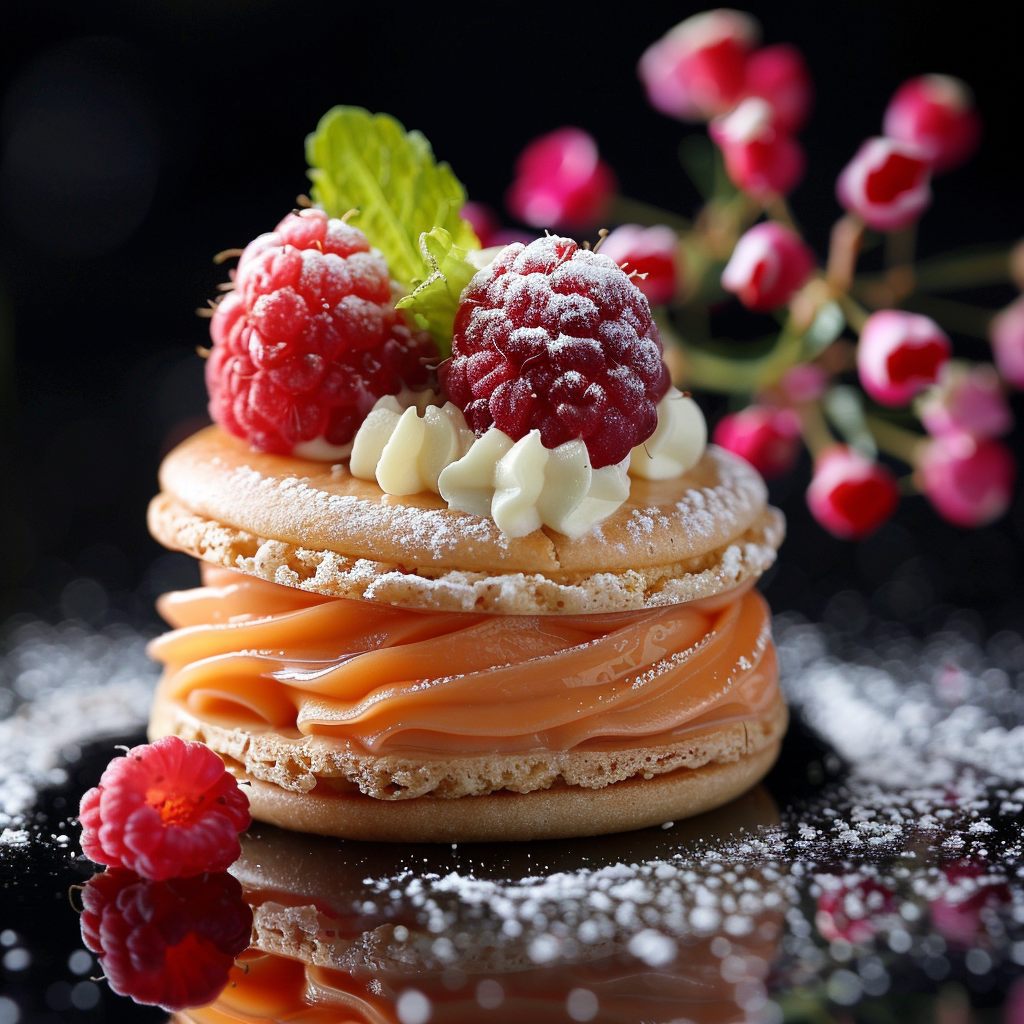
When you’re taking close-up photos of food with camera apps, there’s more to it than just hitting the button. Here are some ways to make your images look better:
Keep Your Camera Still
Holding your camera still is crucial for clear macro shots. Use a tripod or put your phone on something stable to keep your pictures sharp.
Get the Lighting Right
The right light is essential. Daylight works best, but if you have to use lamps, choose ones that give off a gentle light to avoid creating strong shadows.
Think About Composition
The way you arrange your shot can really make a difference. Experiment with different positions and angles to find the perfect setup for your food photo.
Focus on What Matters
Putting the spotlight on a specific part of your dish can show off its best details, while the rest stays softly out of focus.
With these tactics and the advanced options in camera apps, anyone can enjoy capturing great food shots—whether you’re just having fun or you’re seriously into your food pics.
Food photography mixes the art of cooking and visual storytelling, creating tempting images. Smartphones and their camera apps have become key for many food photographers because they’re handy and have features like high-end cameras.
How Lens Choices and Camera Apps Can Impact Food Photography
Picking a good lens and app combo is really important for getting great food shots. Studies have shown how different lenses bring out different aspects in pictures.
Getting Good Results with 24mm Lenses and Camera Apps
A 24mm lens has a wide view, which is great for showing off large table setups or where the food is being eaten. When combined with camera apps that fix bends in the image, photographers can get very lifelike and impressive photos. You can also tweak focus and sharpness in these apps for even better effects.
Difference Between 35mm and 50mm Lenses in Food Photography
A 35mm lens gives you a bit more room in the shot, which is handy in small spaces. The 50mm lens is good for focusing on your dish alone, getting all the specifics while making the background blurry.- **The 35mm Lens**: Great for including some background to tell a story with your food.- **The 50mm Lens**: Puts the focus tight on your dish, highlighting all the details and textures.Using camera apps that control light exposure and colour, photographers can create eye-catching images no matter which lens they choose. Some apps even let you see what the shot would look like with these lenses on your smartphone.
Professional Results with Canon 100mm Macro Lens and Specialized Apps
The Canon 100mm macro lens is perfect for food photography as it captures small details clearly without distorting them. It excels at taking pictures of delicate textures or small garnishes. When matched with camera apps that offer detailed focus and lighting adjustments, photographers can take shots that look as good as those from professional DSLRs. These combinations also allow for playing around with how much of the background is blurred, drawing attention to the food itself.
In exploring these lens and app pairings, we see that creativity and trying new things are key in food photography. As smartphones get better, they get closer to matching professional cameras, giving photographers lots of options for stunning food pictures with just a screen touch.
Frequently Asked Questions (FAQ)
What's the best camera app for capturing high-resolution food images?
When it comes to snapping high-resolution food images, seasoned food photographers often turn to professional camera apps that provide advanced features. Such apps typically offer superior control over camera settings like exposure and focus, which are crucial for achieving the crisp details that make food photos pop. The Adobe Lightroom app is frequently recommended due to its comprehensive toolset and its ability to shoot in RAW, which maintains the maximum image quality for post-editing.
How can a camera app improve my food photography on smartphones?
Camera apps can significantly boost your smartphone’s food photography game by leveraging more powerful editing tools and providing manual control over camera functions that surpass the native camera’s capabilities. One such example is the ProCamera app, which includes features like manual focus, exposure compensation, and advanced white balance settings. This type of app is key for food owners wanting to display their culinary creations on iStock or other stock photo platforms with more professional results.
Are there camera apps that help optimize photos for social media hashtags like #foodphotography?
Definitely! Certain camera apps are specifically designed to enhance food photography, offering one-touch filters and editing options that align well with popular social media hashtags such as #foodphoto and #foodphotography. Apps like Foodie and Snapseed come equipped with a variety of presets tailored to food photos, ensuring that your images stand out when shared under these hashtags. They also provide the tools necessary to refine angles, lighting, and background elements that help your content resonate more with people scrolling through their feeds.
Can camera apps interface effectively with high-end cameras like Sony A7 IV for food photography?
Many advanced camera apps are indeed capable of pairing with high-end cameras like the Sony A7 IV via Wi-Fi or Bluetooth, allowing photographers to utilize the powerful sensor and resolution capabilities of such devices while benefiting from the app’s user-friendly interface on their smartphones or tablets. Apps such as the Sony Imaging Edge Mobile facilitate remote shooting and image transfer, elevating the food photography experience for professional shoots at restaurants or barbecue parties.
What camera apps are best for achieving the perfect barbecue grill angles in food photography?
To capture the ultimate barbecue grill shots with tempting flare-ups and beautifully charred textures, apps that provide grid overlays and level tools are invaluable. These features aid photographers in setting up the flawless angle for showcasing beef steaks or BBQ chicken at its best. The Camera+ 2 app is renowned among food truck proprietors and backyard grill masters alike for its intuitive composition tools which include adjustable grid lines and angle measurement instruments, helping to ensure every shot conveys the mouthwatering appeal of grilled delights.
Are there any camera apps tailored for night sky photography that can be used creatively in food photography?
While it might sound unconventional, some of the tools within night sky photography apps can be repurposed creatively for food photography. For instance, any camera app providing HDR or long exposure settings, such as NightCap Camera, can be utilized to creatively capture the ambient mood lighting at a dinner table or emphasize the vibrant colors of Korean BBQ dishes in low-light conditions. Experimenting with such unusual angles can inject a unique aesthetic into your food photos, portraying familiar subjects in a fresh and appealing fashion.
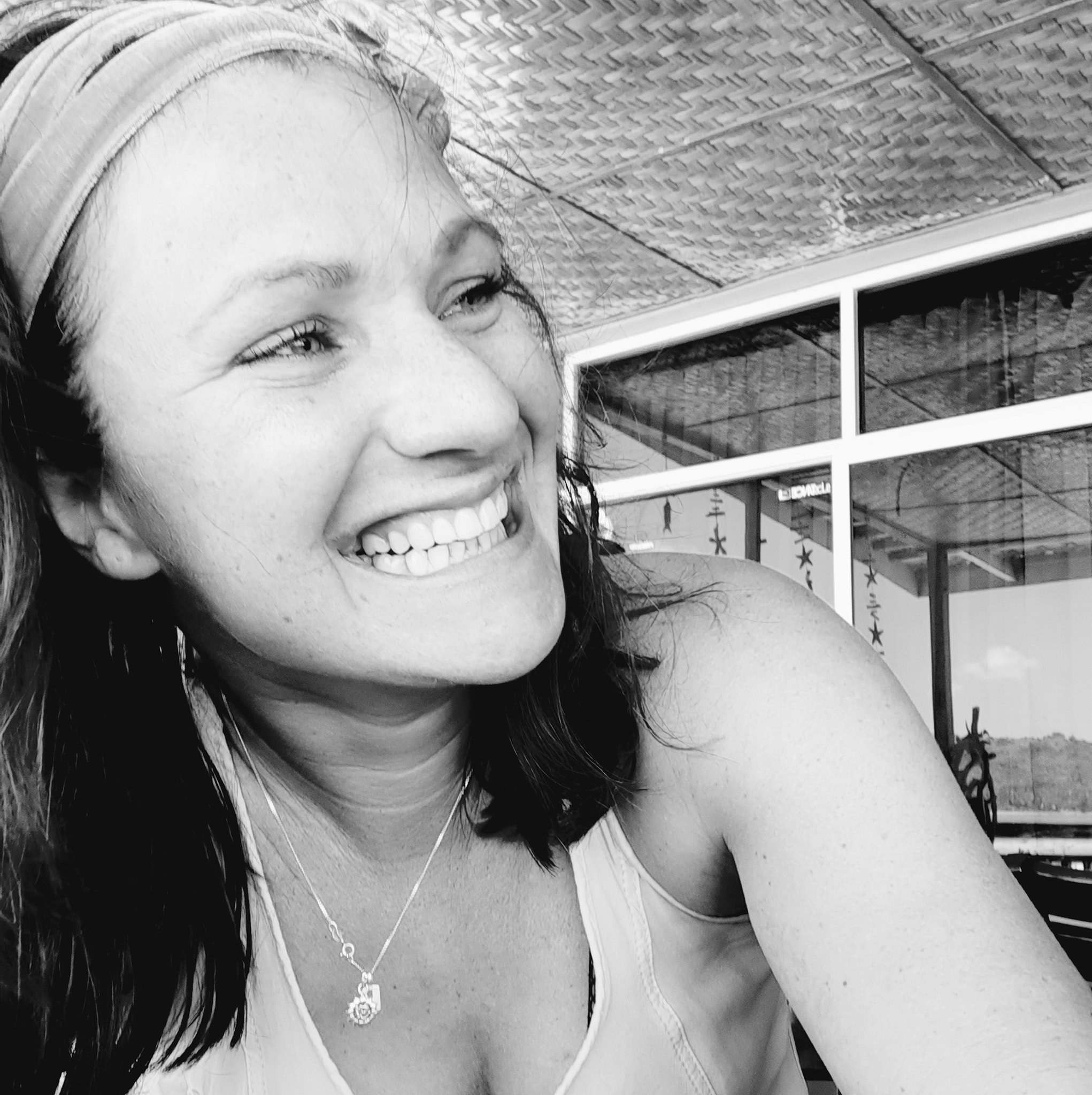
About Author
Rachel Noël is a professional photographer and videographer from the UK with over 10+ years of experience. Rachel specializes in Underwater, Tavel & Portrait photography among other areas.
